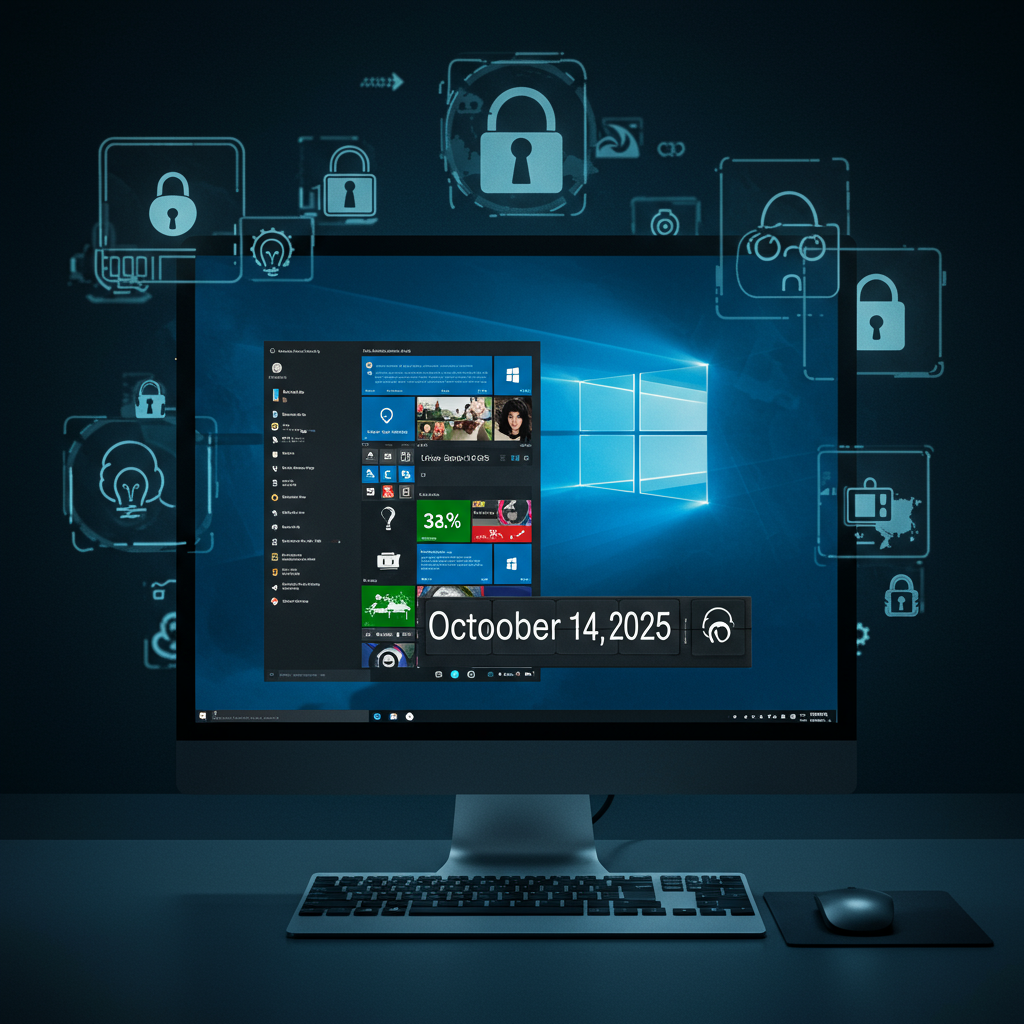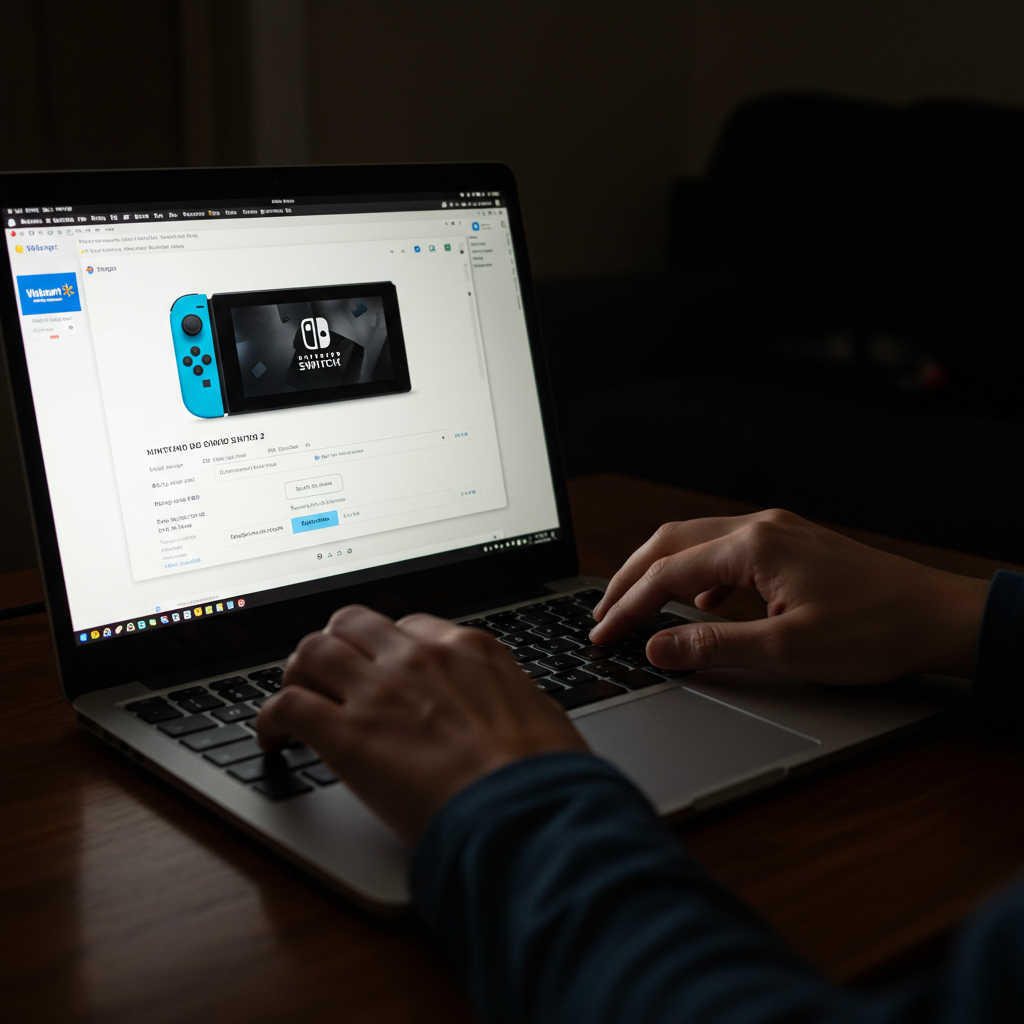The clock is ticking for millions of businesses relying on windows 10. With the official end of support scheduled for October 14, 2025, continuing to use this operating system will soon expose organizations to significant risks. After this critical date, devices running Windows 10 will no longer receive vital security updates from Microsoft. This cessation of support dramatically increases vulnerability to evolving cyber threats and can introduce serious operational and compliance challenges.
Transitioning to Windows 11 Pro is becoming the necessary standard for maintaining a modern, secure, and productive business environment. While the upgrade itself is available at no cost for eligible Windows 10 devices, unlocking the full potential of Windows 11 Pro requires compatible, modern hardware. This isn’t just about running a new interface; it’s about leveraging enhanced security, improved performance, and integrated productivity features designed for today’s demands.
Why Upgrading from Windows 10 is Critical Now
Remaining on Windows 10 past the support deadline carries substantial risks. Without regular security patches, systems become prime targets for malware, ransomware, and other sophisticated cyberattacks. These threats can lead to data breaches, operational downtime, significant financial losses, and damage to reputation. Furthermore, regulatory compliance standards often require businesses to run supported software, meaning continued use of Windows 10 could result in non-compliance penalties.
Beyond security, staying on older hardware and an outdated OS limits access to the latest technological advancements. Modern business workflows increasingly rely on performance and integrated tools that Windows 11 Pro delivers. Delaying the upgrade isn’t just risky; it means missing out on opportunities to enhance efficiency and prepare for future technology shifts, including the growing integration of artificial intelligence in daily tasks.
Key Factors for Your Upgrade Strategy
Planning the move from Windows 10 to Windows 11 Pro involves more than just technical considerations. Businesses must carefully evaluate several factors to ensure a smooth and successful transition. These include:
Budget: Assessing the cost of new hardware if existing devices are incompatible or near the end of their lifecycle.
Timeline: Establishing a realistic schedule to complete the migration before the October 2025 deadline.
Existing IT Infrastructure: Evaluating current systems and network capabilities to ensure compatibility and identify potential bottlenecks.
User Readiness: Planning for employee training and change management to minimize disruption and maximize adoption of new features.
Compliance Requirements: Ensuring the chosen path meets industry-specific regulations and data protection laws.
Security Priorities: Identifying specific security needs and leveraging Windows 11 Pro features to meet them.
- Workforce Skills: Assessing internal IT capabilities and determining if external support is needed.
- www.bizcommunity.com
- www.itnewsafrica.com
- www.npr.org
- laist.com
- www.motortrend.com
Successfully balancing these factors is key to stabilizing current operations while strategically adopting smarter, more efficient workflows powered by Windows 11 Pro and modern hardware. Regardless of an organization’s size, focus, or stage in digital transformation, flexible upgrade pathways exist to meet unique needs.
Navigating Your Windows 11 Pro Upgrade Path
Microsoft and its partners offer distinct pathways for businesses to adopt Windows 11 Pro, catering to different needs and technological goals. These paths are often defined by the type of hardware deployed.
Path 1: Standard Windows 11 Pro PCs
For businesses seeking a reliable, secure, and performance-driven foundation without immediately diving deep into cutting-edge AI, standard Windows 11 Pro PCs provide a dependable upgrade route. These devices come equipped with essential, built-in security measures right out of the box. Features like Windows Hello enable fast, secure biometric login, while BitLocker encryption protects sensitive data stored on the device.
Crucially, modern hardware includes foundational security components like TPM 2.0 (Trusted Platform Module) and supports features like Secure Boot, which helps prevent malicious software from loading during startup. Upgrading to these PCs ensures improved performance and manageability compared to older Windows 10 machines. They are ideal for teams needing stable, business-ready tools that support productivity without significant workflow overhauls, ensuring continued operations within a more secure and stable IT environment as the Windows 10 deadline approaches.
Path 2: Windows 11 AI PCs
Organizations beginning to explore or integrate Artificial Intelligence into their daily operations can opt for Windows AI PCs. These devices are designed to harness the power of AI directly within the operating system, primarily through features like Windows Copilot. Microsoft’s AI assistant is built into Windows 11, helping users streamline repetitive tasks and reduce the need to constantly switch between different applications.
Windows Copilot on these devices supports smarter decision-making by providing quick access to information and automating common functions. Choosing this path marks a significant step towards broader AI adoption within a company, enhancing efficiency and creating more productive workplaces by making intelligent assistance readily available to employees.
Path 3: Windows 11 Copilot+ PCs
Launched in mid-2024, Copilot+ PCs represent the forefront of AI-ready computing. These advanced devices are distinguished by the inclusion of dedicated AI processors, known as NPUs (neural processing units). The presence of NPUs enables powerful on-device AI capabilities, meaning many AI tasks can be performed locally without relying solely on cloud processing.
Users benefit from faster insights, more sophisticated content creation tools, and significantly greater system responsiveness when using AI-driven features. Copilot+ PCs are tailored for early adopters and innovation-driven teams who want to push the boundaries of productivity with the latest technology. Importantly, these devices maintain robust privacy and security standards, with hardware-level protections specifically designed to safeguard sensitive data during on-device AI processing.
Security is Paramount: Built-in Windows 11 Protections
Regardless of the specific Windows 11 Pro device chosen, security stands as a central pillar. Windows 11 Pro compatible devices incorporate multiple layers of integrated security measures designed to protect against modern threats. Hardware-based protections form a crucial foundation. The Trusted Platform Module (TPM 2.0) chip provides secure cryptographic operations and stores sensitive keys, making it significantly harder for attackers to compromise device identity or data encryption. Secure Boot verifies the operating system’s integrity during startup, preventing malware from injecting itself into the boot process.
Windows Hello provides a convenient yet highly secure method for user authentication through facial recognition, fingerprint scanning, or PIN, reducing reliance on easily compromised passwords. For advanced threat protection, features like Virtualization-Based Security (VBS) and Hypervisor-Protected Code Integrity (HVCI) isolate critical system processes and kernel code, creating a secure environment that guards against sophisticated malware and rootkits. Furthermore, BitLocker encryption offers robust data protection by encrypting entire drives, safeguarding sensitive information even if a device is lost or stolen. These comprehensive, integrated security measures simplify IT management by providing powerful defenses out-of-the-box, strengthening an organization’s security posture against growing cyber threats and increasingly stringent compliance requirements.
Beyond Security: Performance and Productivity Gains
Upgrading to Windows 11 Pro on modern hardware brings tangible benefits beyond enhanced security. These devices support faster task completion across a wide range of applications, directly boosting employee productivity. Improved manageability and increased reliability contribute to overall device stability. When technology runs smoothly in the background, employees can remain focused on their core work, minimizing frustrating interruptions and technical glitches.
Industry analysis highlights the impact of improved manageability and reliability. For example, research indicates that such improvements can potentially reduce IT support requests by as much as 80% in some scenarios, freeing up valuable IT resources. Additionally, newer devices are generally designed with greater energy efficiency in mind. This can contribute to a business’s sustainability goals by reducing overall power consumption compared to older machines.
Making the Move: Opportunities in the Transition
As the Windows 10 support deadline of October 14, 2025, rapidly approaches, this transition presents more than just a forced upgrade; it is a strategic opportunity. Organizations can leverage this moment to undertake a comprehensive device refresh. Replacing aging hardware with modern Windows 11 Pro devices allows businesses to simultaneously address security vulnerabilities stemming from the end of support and equip their workforce with technology that enables greater efficiency and productivity.
By combining stronger built-in security features with the potential of smarter, AI-powered tools available on newer hardware, businesses can make work easier and more effective for their employees. Partners like Axiz can assist organizations in navigating the complexities of this transition, helping to identify the right devices and implement a smooth upgrade strategy that aligns with specific business needs and prepares them for the future.
Frequently Asked Questions
What happens exactly when Windows 10 support ends?
When Windows 10 support ends on October 14, 2025, Microsoft will stop providing security updates and technical support. This means any newly discovered vulnerabilities will not be patched, making devices running Windows 10 increasingly susceptible to cyberattacks like malware and ransomware, potentially leading to data loss or operational disruption.
Which type of Windows 11 Pro PC is right for my business?
The best Windows 11 Pro PC depends on your business’s needs. Standard Windows 11 Pro PCs are ideal for reliable, secure core tasks. Windows 11 AI PCs suit organizations beginning to integrate AI with features like Windows Copilot for streamlining workflows. Copilot+ PCs are for innovation-focused teams needing the most advanced on-device AI capabilities via dedicated NPUs.
What are the key security features built into Windows 11 Pro?
Windows 11 Pro includes robust security features like TPM 2.0 for secure key storage, Secure Boot to prevent malicious startup code, Windows Hello for secure biometric login, BitLocker for full disk encryption, and advanced protections like VBS and HVCI to isolate critical system processes from threats.
Conclusion
The end of Windows 10 support on October 14, 2025, is a non-negotiable deadline for businesses prioritizing security and efficiency. Upgrading to Windows 11 Pro is not just a technical necessity but a strategic move to protect your organization from escalating cyber threats and unlock new levels of productivity. By evaluating your needs and choosing the appropriate hardware path – from standard Windows 11 Pro PCs to advanced Copilot+ PCs – businesses can transform this required transition into an opportunity. Embracing modern Windows 11 Pro devices equips your workforce with stronger security defenses and smarter tools, ensuring your business is ready for the future of work.




